Emergency exit lights are connected to the main power supply and charge a small battery. In the event of a power outage, the internal circuits automatically switch to the backup battery, ensuring continued illumination.
There are two main types of emergency lighting systems:
Maintained: Emergency lights are connected to the main electrical supply and are used in daily operations and power outages. During power failures, connected batteries keep the lights on.
Non-Maintained: Emergency lights are only activated during emergencies. These lights use backup batteries as a source of power.
Facilities can install either maintained or non-maintained emergency lighting to stay compliant with regulations. Often, both types are used together to ensure adequate illumination during a power outage.
Emergency lighting codes require that egress lighting be hardwired to the primary electrical supply. Additionally, emergency lighting systems must be connected to a reliable power source, such as an on-site generator, battery-operated system, or internal battery backups for individual emergency lights and exit signs, to ensure they remain operational during power failures.
Emergency lighting is divided into two main categories: emergency lights and exit signs. Emergency lights provide illumination during power failures, while exit signs guide occupants to safe evacuation routes.
Emergency light fixtures automatically activate when power is lost, illuminating pathways to help guide people to exits. These fixtures typically feature two ultra-bright LED lamps and are designed for both efficiency and durability. They include a long-lasting battery that must remain operational for at least 90 minutes. Properly spacing and mounting emergency lights ensures adequate coverage to meet code-specific illumination requirements, helping to eliminate dark spots and assist both evacuating individuals and first responders during power outages.
- Egress Lighting: Also referred to as bug-eye lights, these fixtures have battery backups that allow them to function independently during emergencies and power outages, helping to guide evacuations effectively.
- Remote Headlights: These lights provide supplementary illumination beyond the reach of primary emergency lighting. They are used to enhance visibility around corners, exits, and other areas that main emergency lights might not cover during a power outage.
Exit signs are mounted near exit routes and doorways to guide people out of an area. They vary in design and functionality, including options for wet environments and vandal-resistant models. Here are the common types:
- Combination Exit Signs and Emergency Lights: These integrated fixtures are hardwired into the electrical system and automatically switch to battery backup during power loss.
- Lighted Exit Signs: Similar to combination signs but without integrated emergency lights, these signs illuminate exit routes using the main power supply.
- Self-Luminous Exit Signs: These signs emit a constant glow without needing electricity or batteries, making them ideal for areas where hardwired options are not feasible.
- Edge-Lit Exit Signs: Featuring a slim and stylish design, these signs are often used in public spaces like hotels and conference rooms for a more modern appearance.
Emergency lighting is required in any location where it’s essential to guide people to safety during a power outage. A common misconception is that emergency lighting is needed in all rooms of a commercial or residential facility. In reality, emergency lighting must be installed in areas where employees or occupants could be exposed to hazards during a power failure, including:
- Exits
- Stairways
- Common areas
- Hazardous areas
- Restrooms
- Elevator lobbies
- Security areas
Facility emergency and exit lighting are essential components of any safety plan. They provide visibility and guidance during emergencies, ensuring that building occupants can evacuate safely. Regular maintenance and compliance with local regulations are key to ensuring these systems are reliable when needed.
If you're looking to install or upgrade your emergency lighting system, contact us today. As a trusted supplier, we offer a wide range of high-quality emergency and exit lighting solutions that meet the latest safety standards.

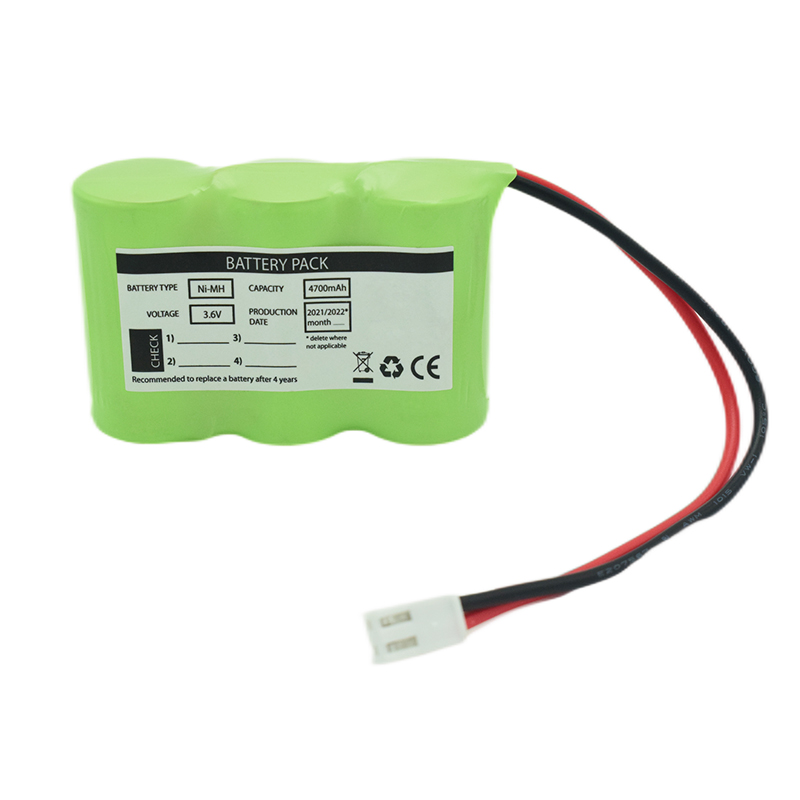 Ni-MH Battery C4700mAh 3.6V
Ni-MH Battery C4700mAh 3.6V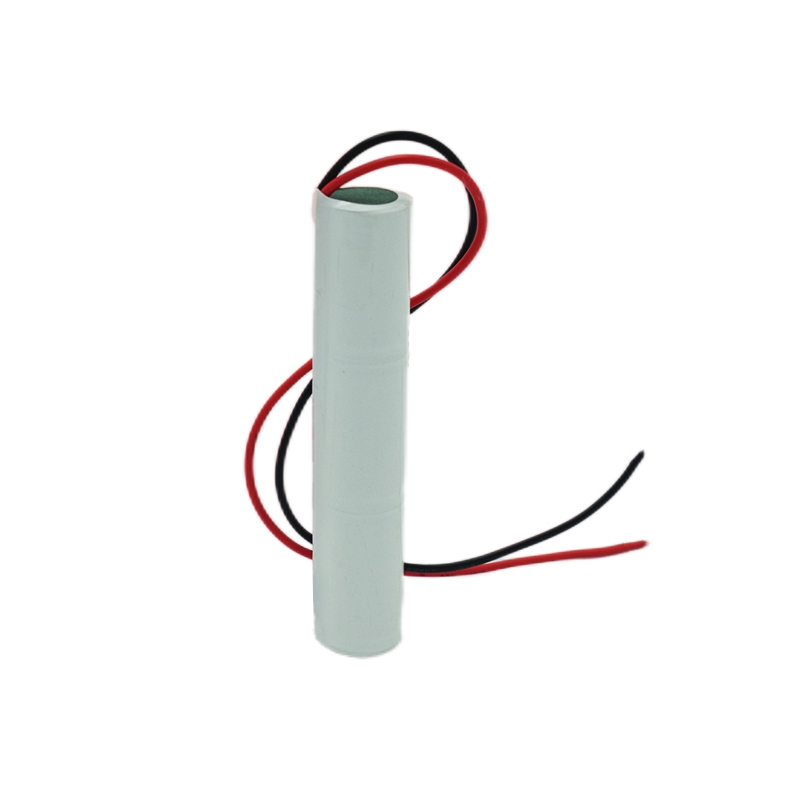 Nickel Cadmium Nicd Battery Pack SC1800mAh 3.6V
Nickel Cadmium Nicd Battery Pack SC1800mAh 3.6V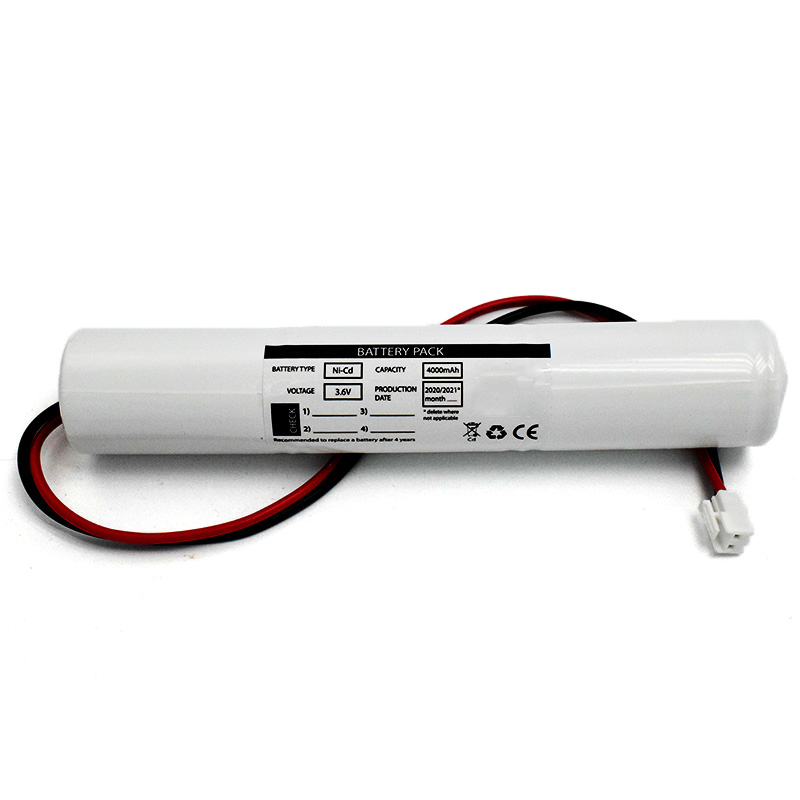 Ni-Cd Battery Pack D4000mAh 3.6V
Ni-Cd Battery Pack D4000mAh 3.6V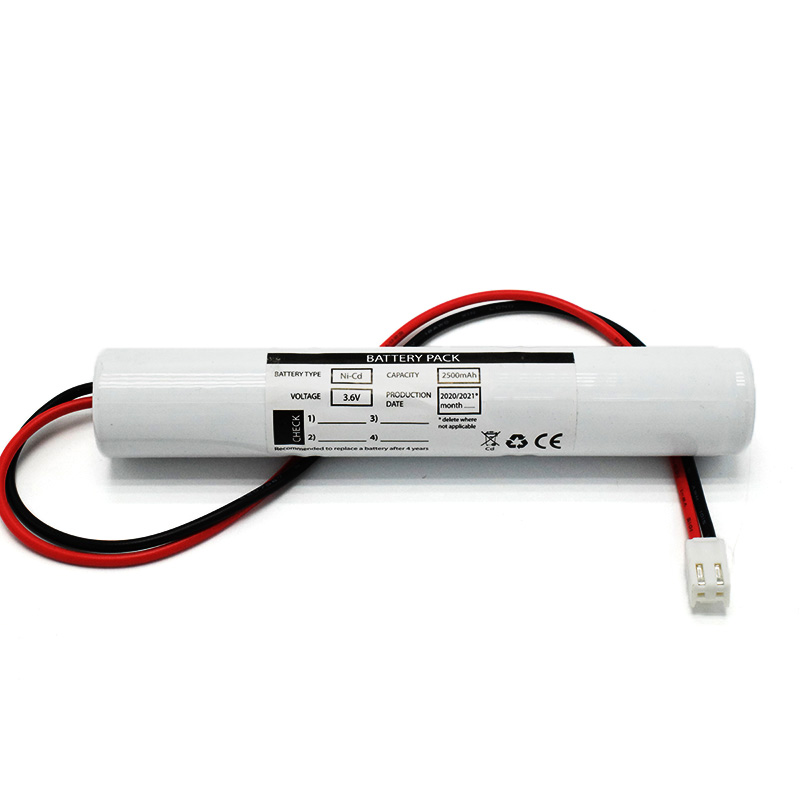 Ni-Cd Battery Pack C2500mAh 3.6V
Ni-Cd Battery Pack C2500mAh 3.6V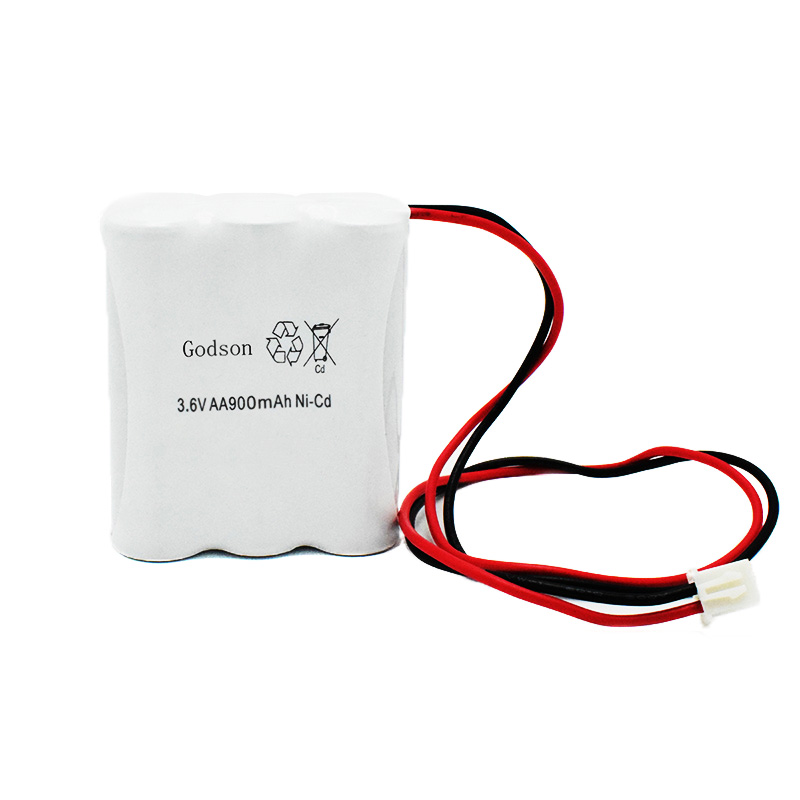 NICAD Battery Pack AA900mAh 3.6V
NICAD Battery Pack AA900mAh 3.6V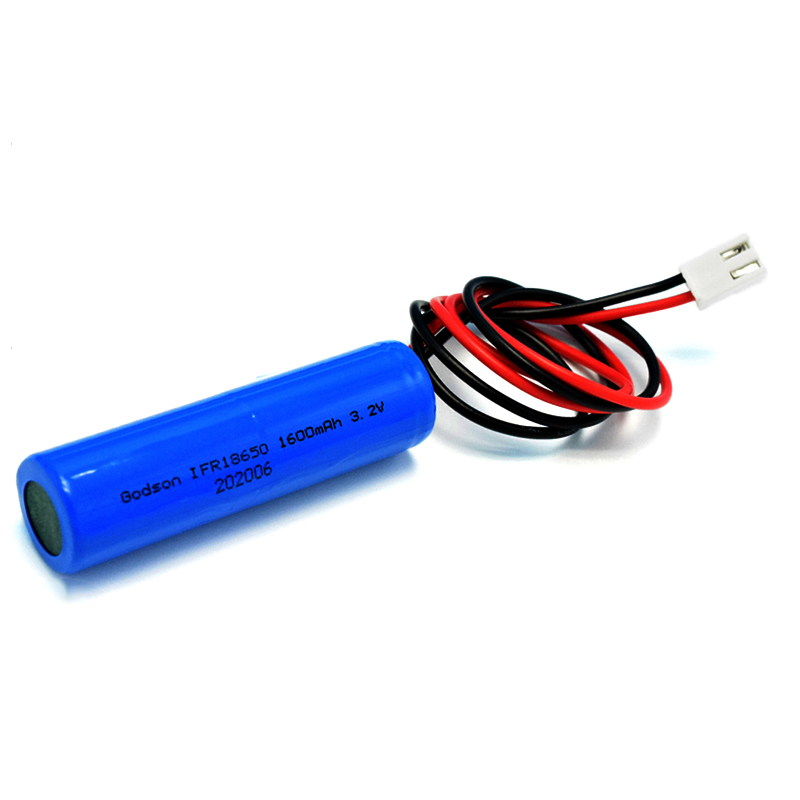 LiFePO4 IFR18650 1600mAh 3.2V
LiFePO4 IFR18650 1600mAh 3.2V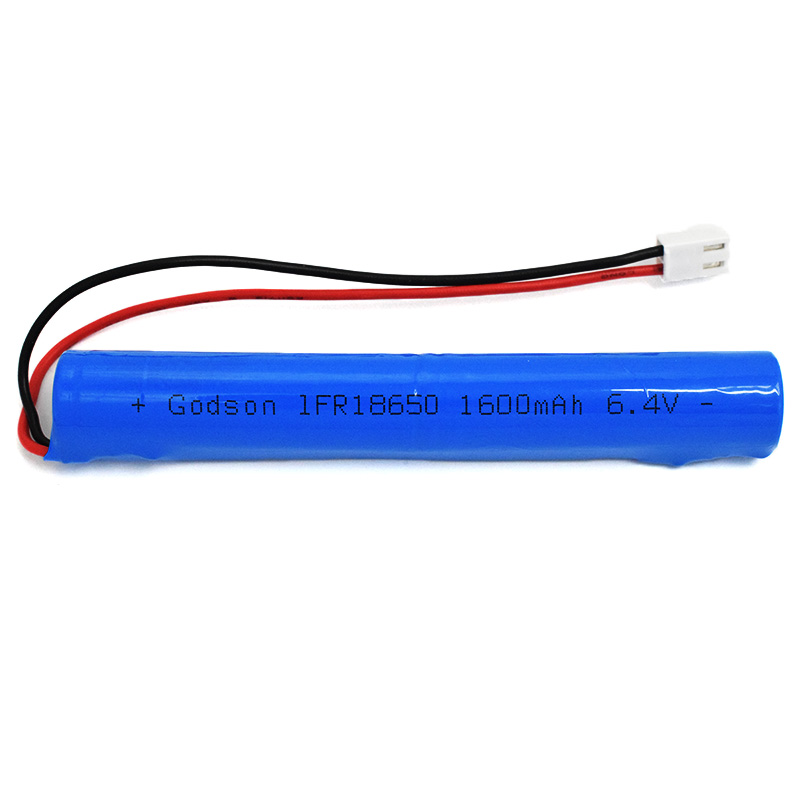 LiFePO4 IFR18650 1600mAh 6.4V
LiFePO4 IFR18650 1600mAh 6.4V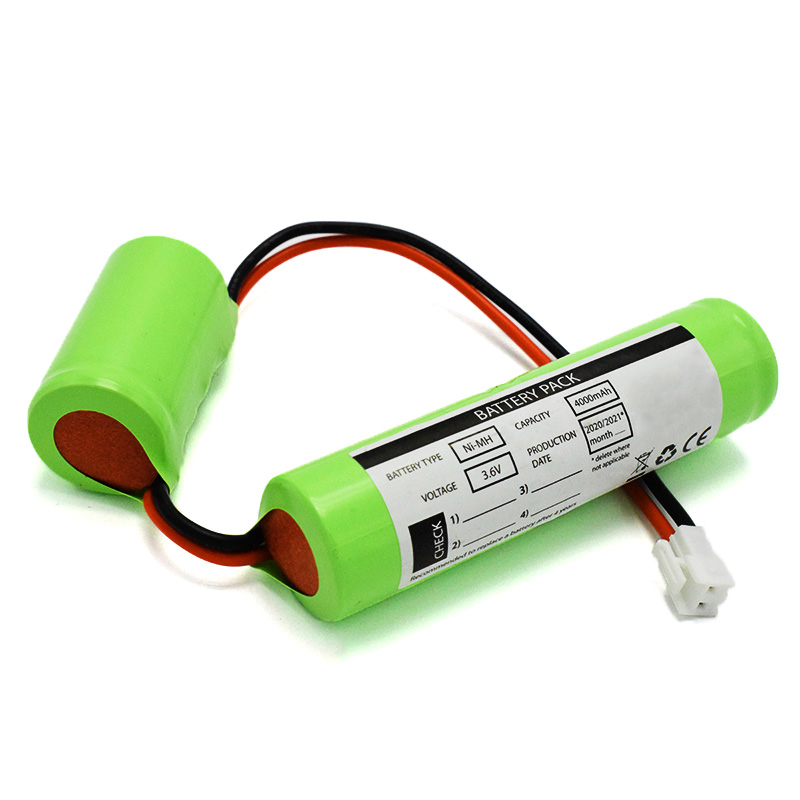 Ni-MH Battery C4000mAh 3.6V
Ni-MH Battery C4000mAh 3.6V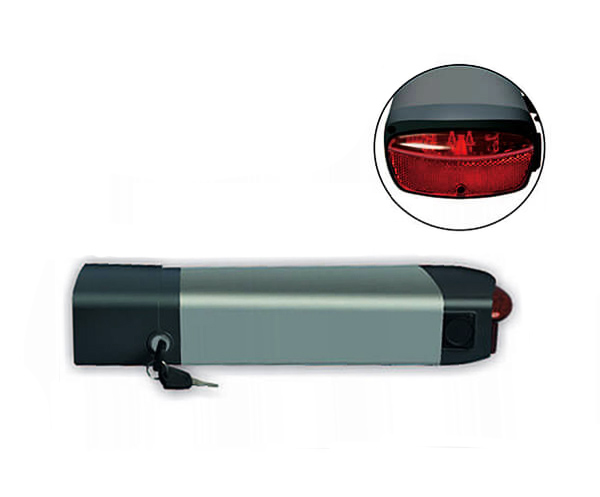 E-bike Battery 48V 10Ah JL-1
E-bike Battery 48V 10Ah JL-1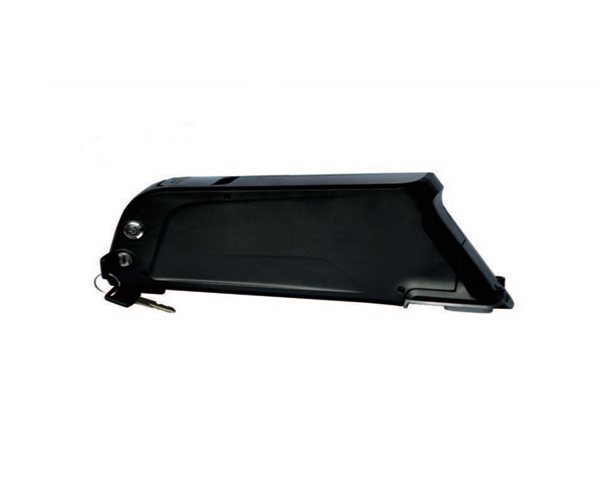 E-bike battery 48V 10Ah Qing Tian
E-bike battery 48V 10Ah Qing Tian